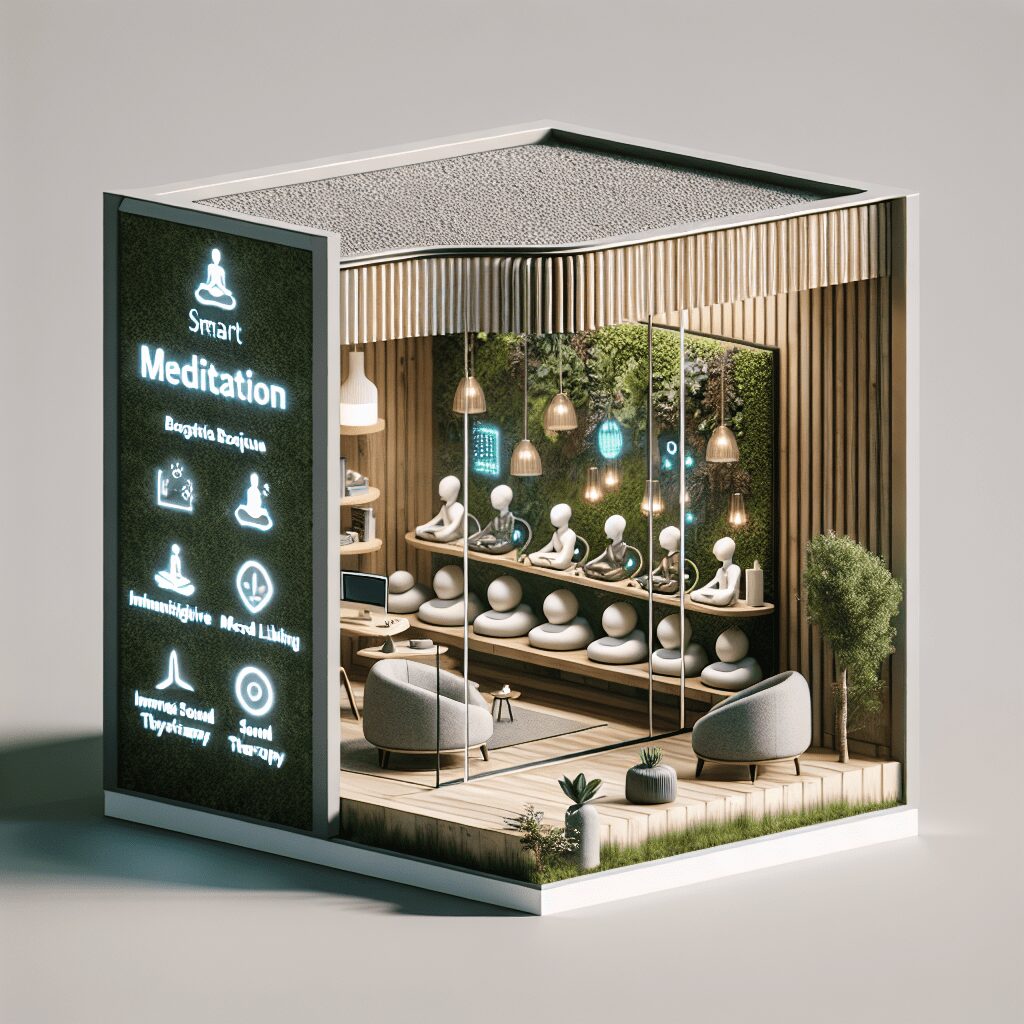
Prioritize your mental well-being daily. Enhance your life by nurturing your mental health with the Smart Meditation app. Break free from stress, alleviate anxiety, and enhance your sleep quality starting today.
How To Create Your Own Meditation With Isochronic Tones?
Crafting Your Zen: The Art of Personalized Meditation with Isochronic Tones
In today’s fast-paced world, finding your own slice of tranquility can be as challenging as nailing jelly to a wall. But fear not, because the ancient practice of meditation, combined with the modern science of isochronic tones, offers a bespoke pathway to peace that’s as unique as your fingerprint.
Understanding Isochronic Tones: The Science of Sound
Before we dive into the nuts and bolts of creating your meditation masterpiece, let’s get the lowdown on what isochronic tones really are. In a nutshell, these are single tones that are turned on and off at regular intervals, creating a pulse effect that is believed to influence brainwave patterns. Unlike their cousins, binaural beats, isochronic tones don’t require headphones to work their magic, making them a more versatile option for meditative practices.
The underlying theory? These pulsing sounds can help guide your brain into states of deep relaxation, enhanced focus, or even sleep, depending on the frequency used. It’s like having a remote control for your brain’s mood settings!
Step-by-Step Guide to Creating Your Personalized Meditation
Find Your Zen Zone
First things first, pin down what you’re aiming for. Are you looking to reduce stress? Perhaps enhance your creativity? Or maybe you’re on a quest for the elusive realm of deep sleep? Your goal will dictate the frequency of the isochronic tones you’ll want to use.
Dabble in the Frequencies
Here’s a quick cheat sheet: For deep relaxation or meditation, aim for Theta frequencies (4-7 Hz). To boost your learning capabilities or focus, Alpha frequencies (8-14 Hz) are your best bet. Gamma frequencies (above 40 Hz) are believed to enhance higher cognitive functions, perfect for sparking creativity.
Crafting the Soundscape
Now, onto the fun part – creating your soundscape. There are several software options and apps out there that allow you to mix isochronic tones with ambient sounds or music of your choosing. Imagine blending the calming pulse of Theta frequencies with the sounds of a babbling brook or the distant hum of a Tibetan singing bowl. The key here is to pick sounds that resonate with you on a personal level, as this will enhance the meditative experience.
Test Drive and Tweak
Once you’ve crafted your initial meditation track, it’s time for a test drive. Find a quiet spot, settle in, and give your creation a whirl. Pay attention to how your body and mind react. Feel free to adjust the volume, tweak the frequency, or swap out the ambient sounds until you hit that sweet spot of Zen.
Consistency is Key
Like any meditative practice, consistency is your golden ticket to reaping the full benefits. Carve out a little nook of time each day for your personalized meditation session. Over time, you’ll likely notice subtle yet significant shifts in your stress levels, focus, creativity, or whatever goal you were aiming to achieve.
Crafting your own meditation with isochronic tones isn’t just a highly personalized route to relaxation and mental clarity; it’s also an adventure into the depths of your psyche. By blending the age-old practice of meditation with the cutting-edge science of sound, you’re embarking on a journey to tune in to your inner frequencies and harmonize with the universe – one pulsing tone at a time.





